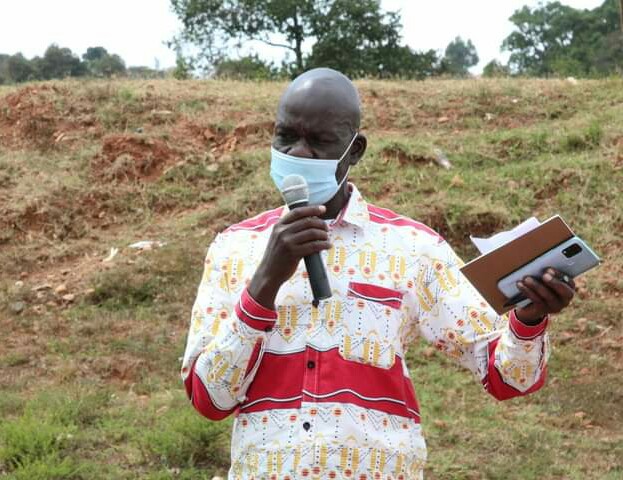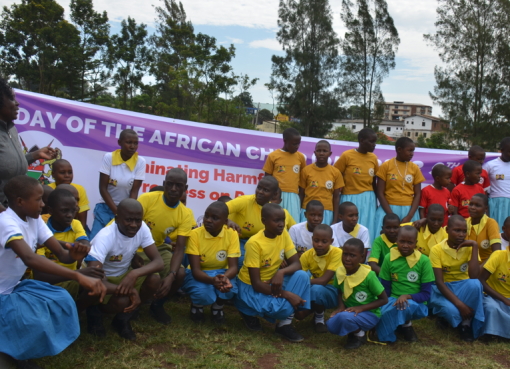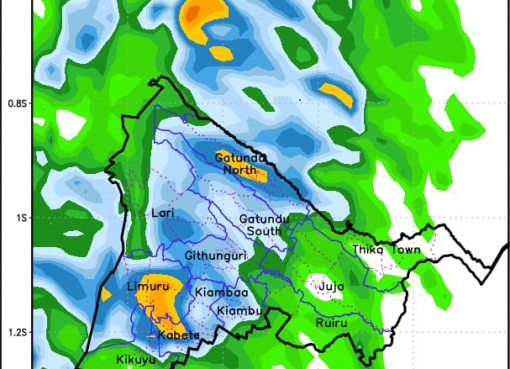Trans Nzoia County Government has prepared a draft law on climate change mitigation that seeks to control degradation of wetlands and other water catchment areas.
Through the proposed law, the devolved unit’s department of environment and natural resources aims to mitigate the effects of climate change and control human activities that contribute to the same in the region.
Speaking at a field event at Kipsaina village in Cherangany Sub County, County Deputy Director of Environment and Natural Resources, Nicholas Musonye, decried what he termed as wanton destruction of major wetlands by unchecked human activity in the area.
“Our wetland areas are being seriously degraded due to uncontrolled human activity along river banks, hence urgent for laws to avert the menace,” remarked Musonye.
The Deputy Director cited Sinyereri and Nzoia rivers, which have been degraded as a result of farming and sand harvesting activities along their banks.
In fact, the official warned the Sinyereri River was on the verge of drying up unless mitigation measures to control farming, grazing, deforestation and sand harvesting activities were put in place.
The two rivers are main sources of water for Cherengany sub county residents and neighbouring sub counties.
Musonye revealed the proposed law will enable the department, in partnership with interested stakeholders, to zone and mark such wetlands as protected areas for future prosperity.
He used the occasion to caution county residents against planting Eucalyptus trees along the river banks, noting such was one of the main causes for drying up wetlands and water catchment areas.
Musonye emphasized the need to revamp what he described as defunct Water Resource Users Associations (WRUA) in order to help protect the water sources in the county.
“We used to have Water Resources Users Associations that were effective in helping the government protect water sources. The inactiveness of the WRUA is part of the reasons we are experiencing dilapidated river banks and wetlands,” Musonye observed.
Area Assistant County Commissioner Mr Fredrick Okwach, appealed to the local administrators, both in county and national governments, to involve the residents in conservation and protection of the catchment areas.
“We have been warned that in the next five years, river Sinyereri could be no more. This means we must initiate awareness programmes involving the locals with the sole aim of making them appreciate and conserve our water sources,” urged Okwach.
Okwach noted it was imperative for the leaders to spearhead sensitisation programmes on the importance of safeguarding water resources for the benefit of the people and the government.
The ACC further cited the Saiwa swamp, which he said was a natural habitat for the endangered Sitatunga antelope species and therefore requires maximum protection.
“Without the Sitatunga antelope I am afraid to note the prestigious Saiwa National Park will lack tourist attraction spark, which can have a negative impact on county revenue collection as well as loss of job opportunities,” he cautioned.
On her part, Kenya Red Cross County Coordinator Ruth Mining’wa, observed the county was experiencing climate change challenges, including flash floods at Namanjalala area of Kwanza Sub County due to lack of environmental conservation along the Sabwani River.
Mining’wa urged for concerted efforts by all stakeholders aimed at ensuring local communities received necessary support to boost environmental conservation activities.
By Maurice Aluda





